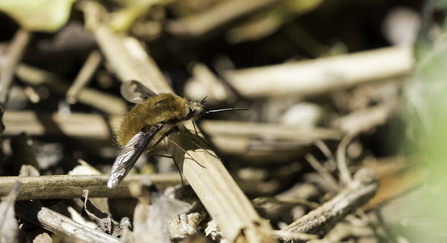Flies earned this nickname (also called an order) when they ditched two of the four wings shared with their ancestral insects and instead developed the limbs into gyroscopic flight aids called “halteres”. Organs like these allow Diptera to perform excellent aerobatics, so along with their super-fast vison, I’m not surprised we can’t catch them.
They are an extremely successful group, with approximately 152,000 known species across 160 families in the world; even in Britain, there are 7,000 species!
That means there are more recorded species of flies in the UK that the current estimate of mammals globally.





